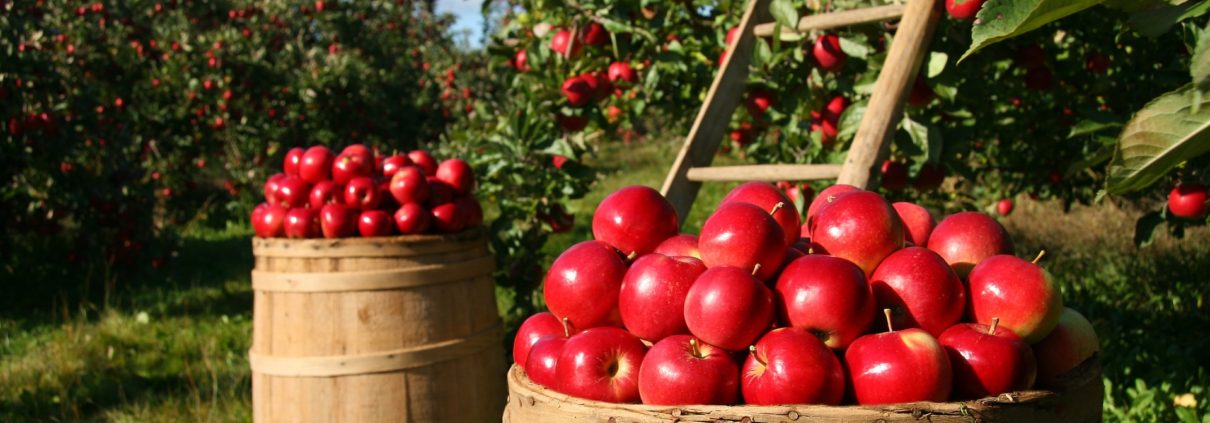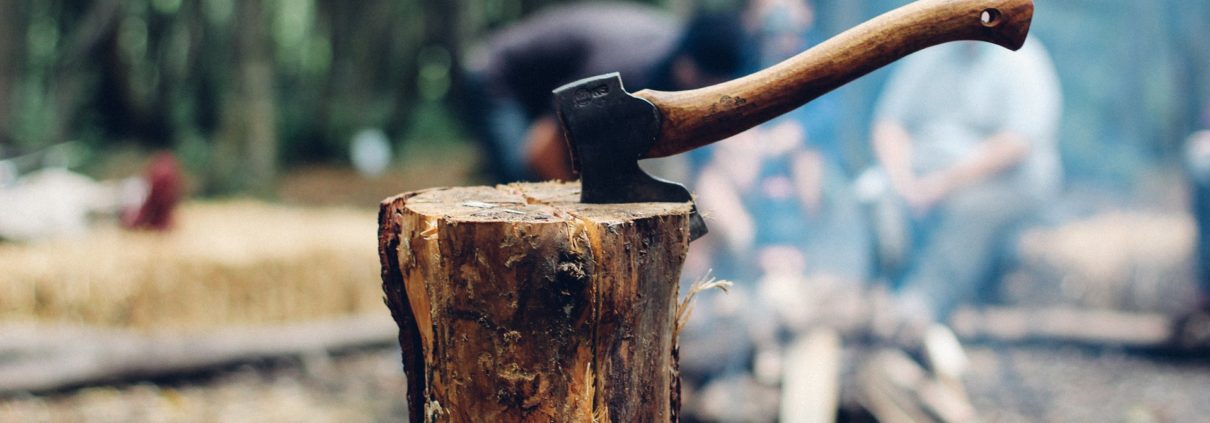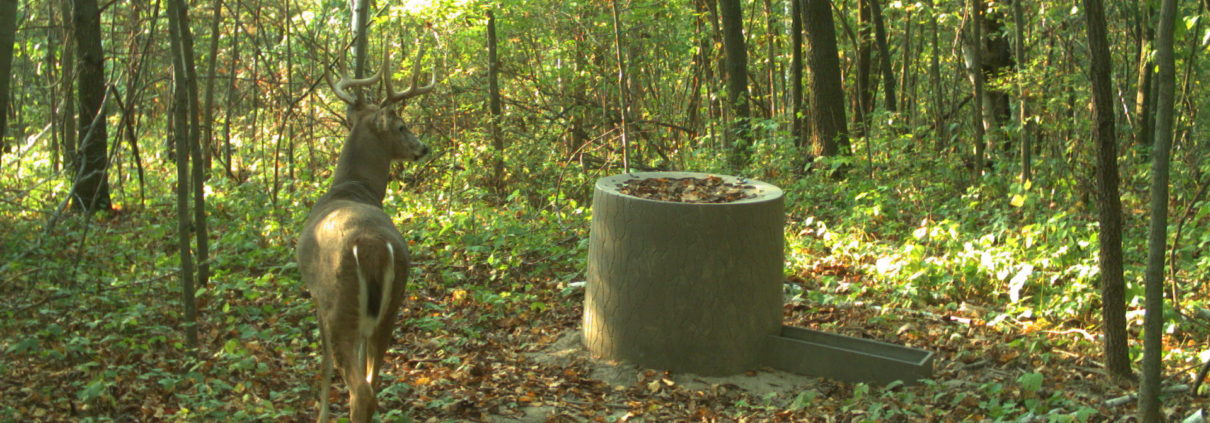The Scary Side of Land
Forget goblins and ghosts – these are the really scary parts of October. These land nightmares can cost you time, money, clients, and even your reputation as a land expert. Read on to find out some of the scariest things that can happen to land professionals and to see how you can avoid falling prey.
Buying A Property From Someone Who Doesn’t Actually Own It
One thing that every land expert fears is helping a client sell a property for a seller that doesn’t actually have a clear title to the property. This can create a horror show of legal battles and thousands (even millions) down the drain.
Sometimes, a seller doesn’t have legal rights to a property because they didn’t know enough about the history of the land and genuinely thought they owned it. It is important for agents to secure a title proving ownership before moving forward with a client.
Less scary: For those of you that are newer to the land industry, a title search is the process of retrieving documents about the history of a property. Title searches are the best way to know exactly who owned the property when.
Finding Out Too Late That There Is Something Wrong With Your Property
Just because a property looks perfect doesn’t mean that it is. There is nothing worse than buying what seems to be a flawless property only to find out after the check clears that there are environmental hazards lurking in your land.
Less scary: Soil tests do take time and money, but they are the best surefire way to weed out anything that could lower the value of your land. These tests can show a variety of things, from nutrient content and composition to other important characteristics such as the acidity or pH level. Nutrients in the soil can vary depending on depth and the timing of when the sample was taken so it is important to make sure you have a recent test.
Soil tests are especially important when building a structure or planting crops. You’ll want to make sure you have the right soil type for your produce.
Buying A Property With No Access
This might sound ridiculous, but there are thousands of landlocked properties with no access. As Future Committee Leaders member, Eric Leisy, ALC, pointed out in his guest post for RLI, “not having deeded access to a property can cause the value to plummet.”
Less scary: If your dream property is landlocked, you do have options. You can go to court to try and get an ingress and egress easement or purchase deeded access from whoever holds it.
“It is best to sit down face to face with the landowner that you are requesting the access easement from,” said Leisy. “Calmly go over the process, and explain why it is needed. Most people will respond much more positively to this type of meeting over a cup of coffee rather than getting a letter or email. You might be pleasantly surprised at the end result.

Buying Land Zoned Wrong
There’s a common misconception that the strictest land zoning happens in urban areas. In reality, zoning regulations can be just as strict for agricultural and rural land, especially when it comes to the livestock.
Less scary: Do your research on the area’s zoning laws. Local jurisdictions determine zoning requirements such as minimum farm size, number of non-farm dwellings, density of development, and land use.
Be sure to also check if the land is zoned as being in a 100-year flood zone. You don’t want to wake up to see the structures you’ve built on the land have floated away!
Buying Land Without An ALC
We saved the scariest for last! Accredited Land Consultants bring decades of experience, in-depth knowledge, and a network of other professionals to every land deal. Working with an ALC is a surefire way to avoid all the other land horror stories (and even some we couldn’t think of) mentioned in this article.
Less scary: Always work with an ALC! Use the Find A Land Consultant tool to find a qualified land agent in your area.
Being trapped in a land horror story will cost you time, money, and more. Be sure to keep your land and money protected by always working with a professional. Happy Halloween!
About the Author: Laura Barker is a freelance writer based out of California for the REALTORS® Land Institute. She has been with RLI since October 2017.
is a freelance writer based out of California for the REALTORS® Land Institute. She has been with RLI since October 2017.






















 About the Author:
About the Author: